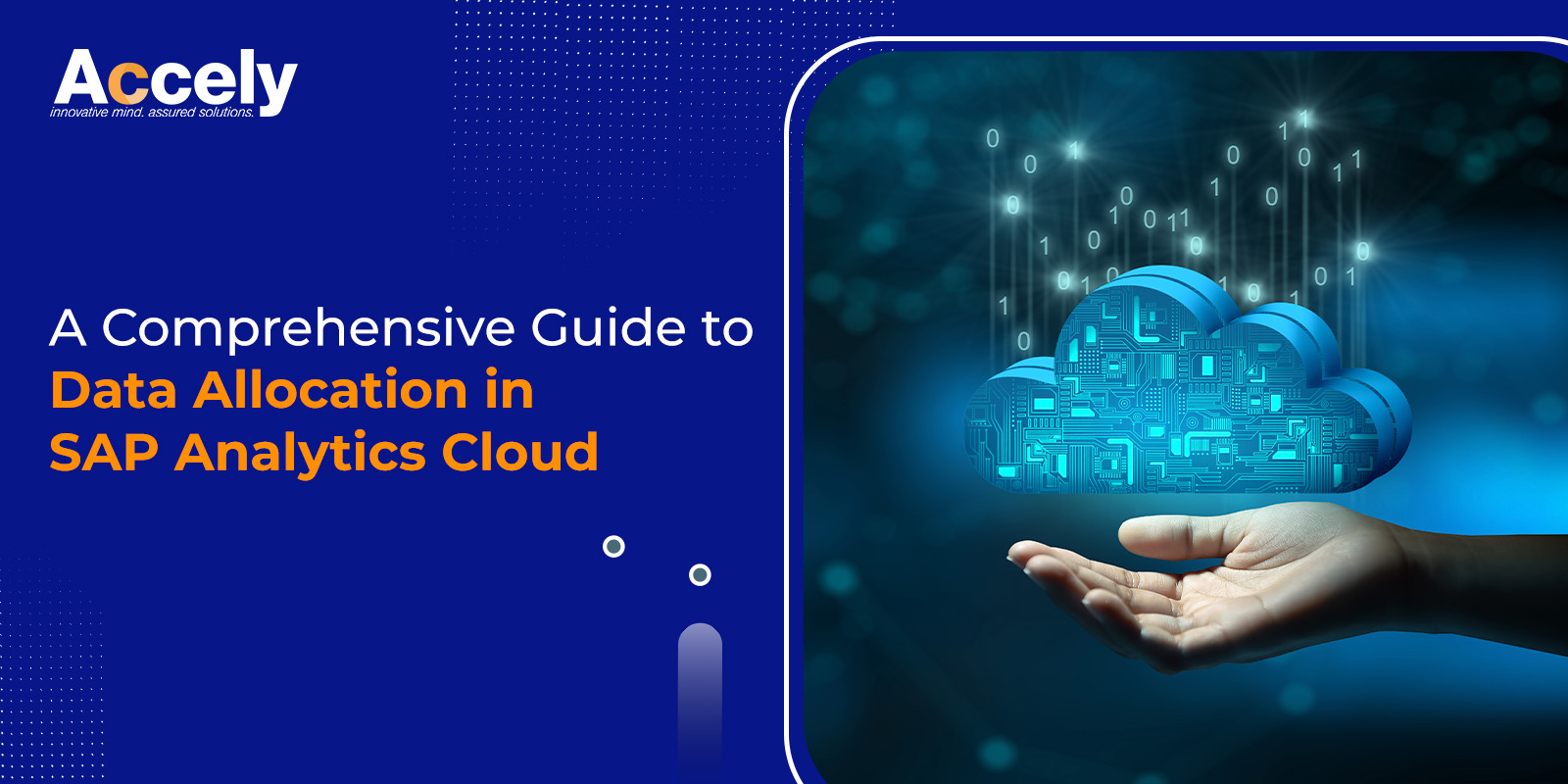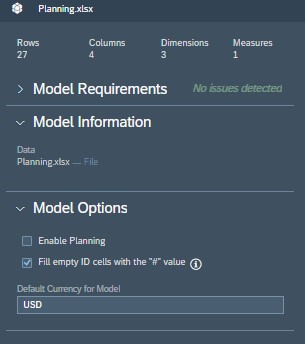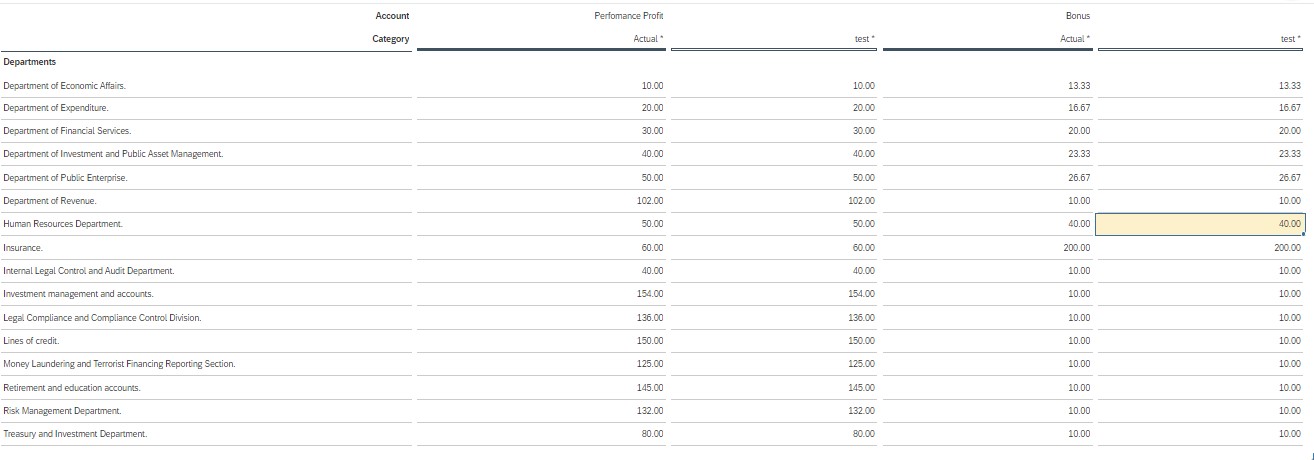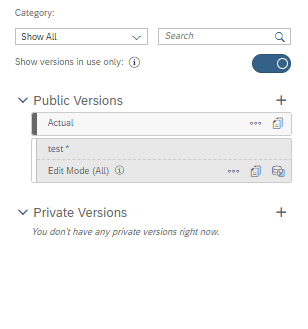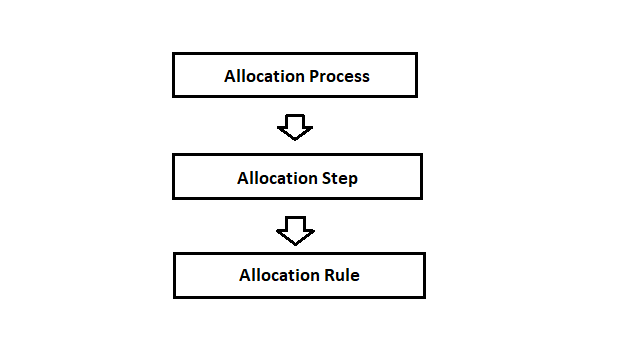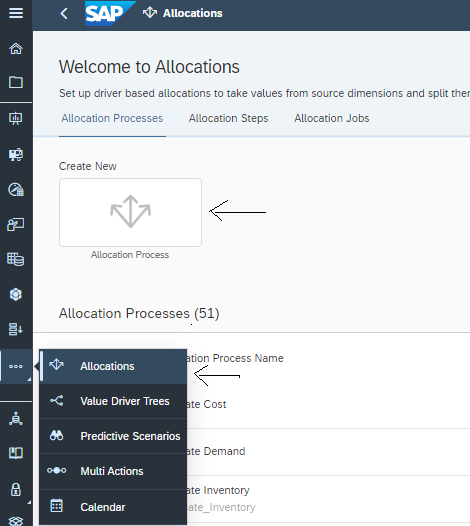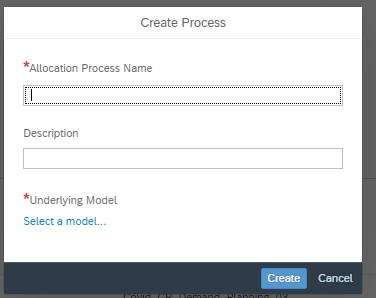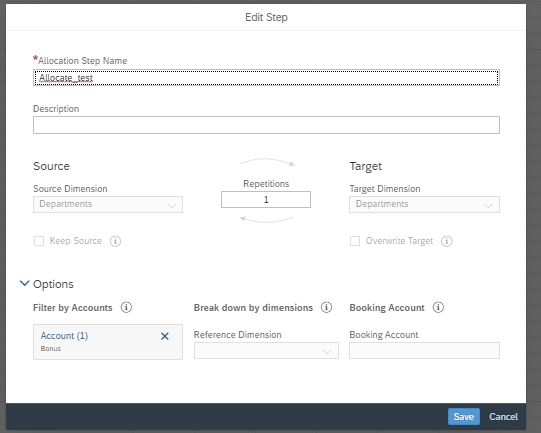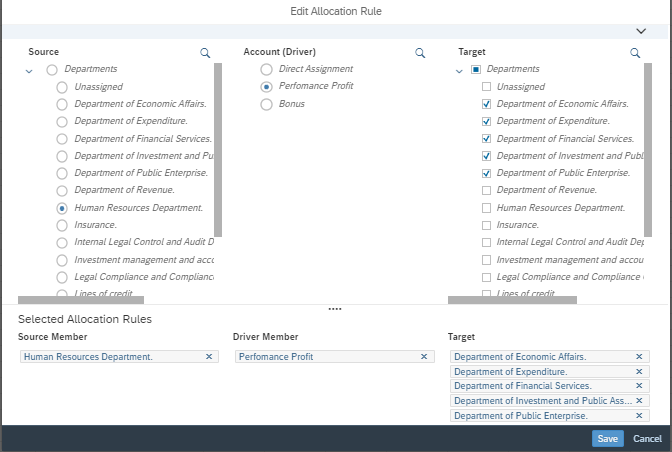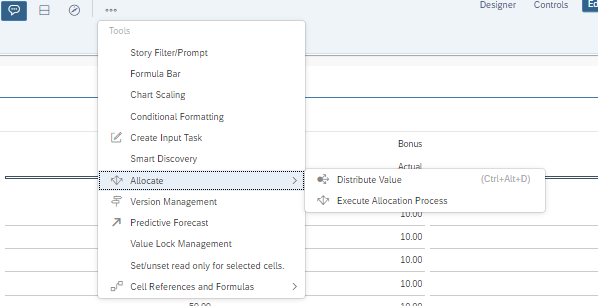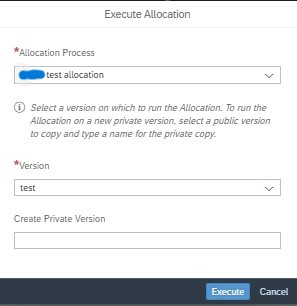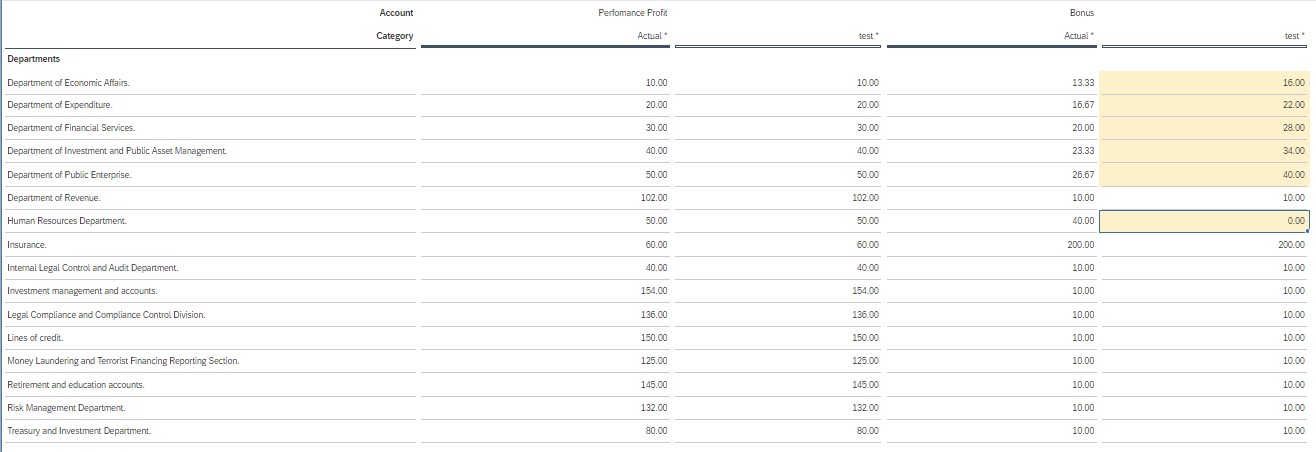A Comprehensive Guide to Data Allocation in SAP Analytics Cloud
11-Jul-2023SAP Analytics Cloud (SAP SAC) is a powerful cloud-based analytics solution that provides businesses with a wide range of tools to analyze and visualize their data. One of the key features of SAP SAC is data allocation, which allows users to distribute or assign values from a source data set to different target data sets. This capability is particularly useful in planning scenarios, where data needs to be allocated across various dimensions or entities.
In this comprehensive guide, we will explore the concept of data allocation in SAP Analytics Cloud and provide insights on how to effectively leverage this feature for better decision-making. Whether you are a SAC user or an SAP consulting company, understanding data allocation will enhance your analytics capabilities.
Let’s Explore the Basics First
What are Allocations?
The SAP Analytics Cloud, specifically SAC Planning, offers a beneficial feature known as allocations. This functionality allows organizations to effectively distribute values obtained from one object to multiple receiving objects, using a specified driver. The driver serves as a guide for the system to determine the appropriate allocation of the collected value to each receiving object. For instance, a company can utilize allocations in SAP SAC to distribute their IT expenses to various departments based on headcount at the end of a quarter.
Setting up an Allocation Process in 5 Steps
Step 1: Enabling planning and uploading the dataset
- To initiate the process, start by uploading the desired dataset into the model.
- Once the dataset has been successfully uploaded, proceed to verify if a date field is available in the toolbar. This step is essential to enable planning functionality.
- Subsequently, ensure to select the “enable planning” option, which will enable the necessary capabilities for planning and analysis based on the dataset.
Source: https://blogs.sap.com/
Step 2: Using the planning model to create a narrative
Create a narrative and collect all the data and measurements required to display it in the planning table.
Source: https://blogs.sap.com/
Step 3: The third step is to build a version under version management in order to run planning
To access the Version Management feature, locate and click on the ellipsis icon (…). From the dropdown menu, select “Version Management”. This will redirect you to the Version Management page, where you can observe the existing public and private versions. Additionally, you have the option to create new versions based on your requirements. As an illustration, let’s consider the presence of a version named “test” in the available list of versions.
Source: https://blogs.sap.com/
Step 4: Based on the demand, create an allocation process and establish the allocation step and rule
This allocation section consists primarily of three areas:
Source: https://blogs.sap.com/
- The allocation process refers to the overarching approach employed for distributing values among various entities or categories. It encompasses the entire methodology of allocation.
- An allocation step, on the other hand, refers to a specific stage within the allocation process where a defined set of rules and formulas are applied to distribute values. These rules and formulas serve as guidelines for allocating the values accurately.
- Within each allocation step, individual formulas or calculations known as allocation rules are utilized to further refine the distribution of values. These allocation rules are designed to ensure precise and fair allocation of the values based on predetermined criteria or factors.
The following step illustrates how to set up the allocation procedure:
Source: https://blogs.sap.com/
In this particular stage of allocation, the objective is to distribute bonuses from one department to another, considering their performance and profit. The bonus allocation is determined using specific criteria, which are defined in a filter. The allocated bonuses are then dispersed based on the performance profit. If the “maintain source” option is not enabled, the source value cannot be seen, indicating that it does not contribute to the allocation. On the other hand, if the “overwrite target” option is not enabled, the allocated value is added to the existing value, instead of replacing it completely.
Source: https://blogs.sap.com/
To distribute a bonus from the Human Resources Department to five other departments based on their individual performance profits, the following steps were undertaken for allocation.
Source: https://blogs.sap.com/
Step 5: Calling and running the story’s allocation
Next, proceed to initiate the allocation process by clicking on the ellipsis icon (…), followed by selecting the “Allocate” option. Finally, execute the allocation process to begin the distribution of bonuses.
Source: https://blogs.sap.com/
After executing the allocation process, the table will visually represent the changes made by reflecting updated colors. In the given example, the bonuses for the five departments are allocated based on the ratio of their individual performance profits, and the bonus value from the Human Resources department is incorporated accordingly. To carry out this allocation, follow the previously mentioned steps and utilize the performance profit ratios of each department to determine the allocated bonus value.
Source: https://blogs.sap.com/
It is worth noting that in the allocation outcome, the source value becomes zero since the “keep source” option was not enabled during the allocation step. If this option were enabled, the source value would still be retained. Similarly, the “overwrite target” option was not enabled, so the result was added to the existing value rather than replacing it entirely.
In Conclusion
Discover the holistic offering of SAC Analytics Cloud, designed to cater to businesses of all scales. It presents a wide array of features, including personalized dashboards, advanced reporting functionalities, and collaborative tools that are user-friendly. With its cutting-edge capabilities, intuitive interface, and seamless integration with other SAP solutions, SAC Analytics Cloud empowers users to convert raw data into actionable insights. By harnessing these insights, businesses can make informed decisions that propel growth and maintain a competitive advantage in the market.

